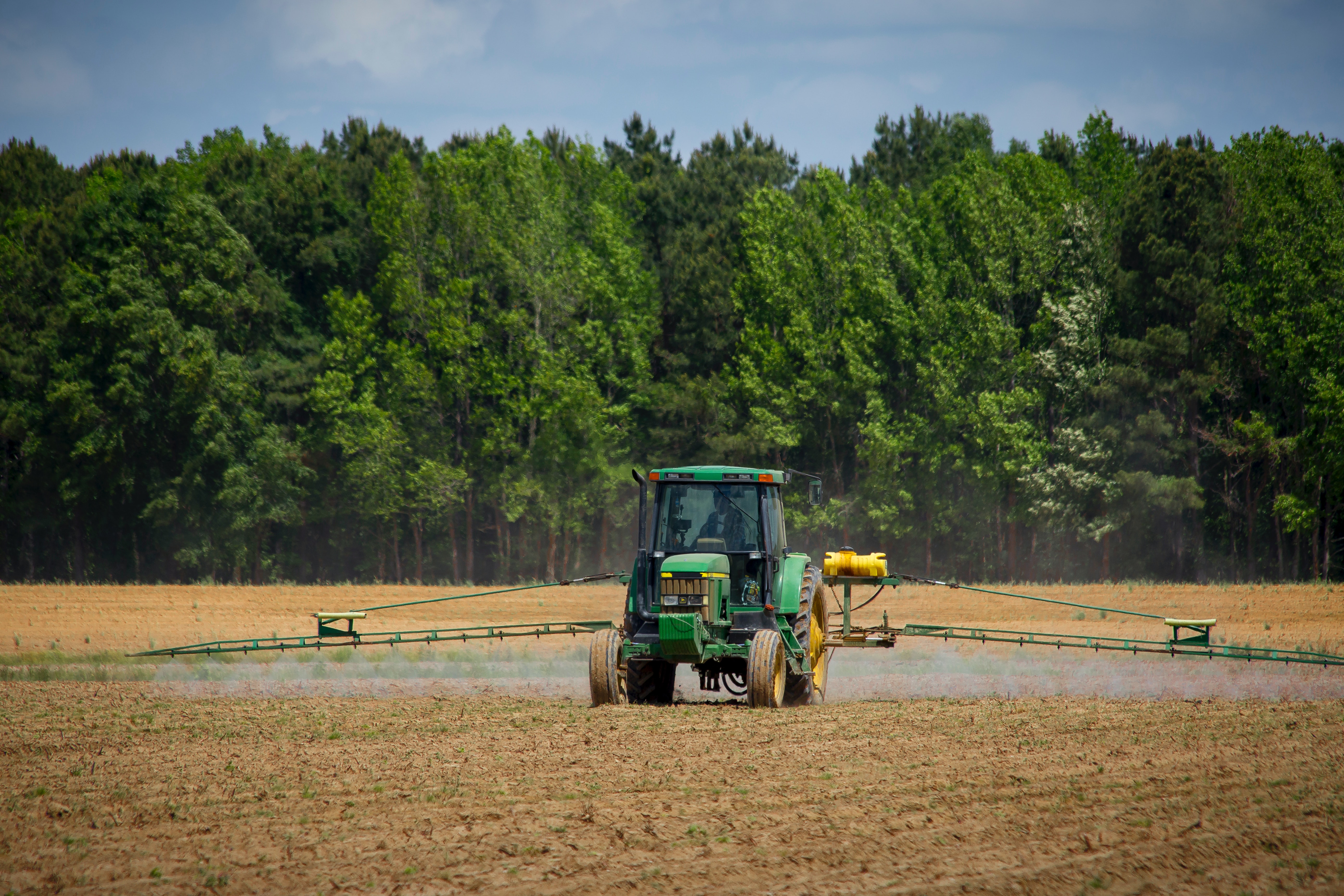Regenerative Farming Practices: Can you spot the difference?
Between 1950 and 2010, the global population skyrocketed from 2.5 billion to 6.9 billion. That’s an increase of 174% in just 60 years. With such a staggering upswing, the agricultural industry was faced with the overwhelming pressure to meet the needs of a fast-growing population.
The majority of farmers switched to industrial farming practices in an effort to grow more produce. Unfortunately, these practices are entirely unsustainable. If we continue down this path, we risk being unable to grow what we need to support ourselves in the future.
With a bleak outlook on the horizon, many farmers are choosing to adopt regenerative agriculture to become more sustainable.
What are regenerative agricultural practices?
Regenerative agriculture is a philosophy which focuses on maintaining and improving soil quality, biodiversity, and water quality. Farmers that follow this philosophy can reduce – and in some cases reverse – the soil damage and environmental impact of industrial farming efforts.
We have talked a lot recently about regenerative agriculture, so today we want to test your knowledge! Let’s take a look at some farming practices and see if you can identify which are regenerative agriculture practices and which are not.

Which of the following are examples of regenerative agricultural practices?
The regenerative agriculture philosophy revolves around 5 core concepts. However, regenerative agricultural practices don’t need to tick all five boxes. This makes it a little tricky to pin down which practices qualify as regenerative.
Let’s see if you can separate the composters from the imposters!
One field per crop (monoculture)
Monoculture is a farming practice that sees one type of crop growing in a field at one time. The goal of monoculture planting is to effectively use the soil and local climate conditions to obtain the highest quality yields. This practice is common with rice and wheat farmers who need to harness specific weather conditions.
Is it a regenerative agriculture practice?
While monoculture planting has its benefits, it is not regenerative. It decreases the biodiversity of the soil, making it incredibly difficult to grow any other kind of crop on that land. It also creates a perfect breeding ground for specific pest species which thrive in a monoculture, increasing the need for pesticides.
Cover cropping
Cover cropping is the practice of planting crops in soil that would normally otherwise be bare after a cash crop is grown and harvested. Cover crops are diverse and can be planted during harvest time or between rows of permanent crops.
Is it a regenerative agriculture practice?
Yes! Absolutely it is. Cover crops keep living roots in the soil to help promote biodiversity. This in turn helps to reduce soil erosion, increase water retention, and improve soil health, resulting in better crops and more fertile soil.

Holistically managed grazing
Holistically managed grazing – also known as intensive rotational grazing – is a practice with Indigenous roots. It looks to mimic the way large animals, such as bison and wild horses, moved in herds across grasslands.
Is it a regenerative agriculture practice?
Yes! This practice revitalizes the soil through manure and organic matter being trampled into the soil. It’s also a fantastic alternative for tilling, as the livestock gently agitates the soil.
Tilling
Tilling is the farming practice of preparing land using mechanical tools to agitate the soil. The idea is to loosen and aerate the top layer of soil to help the seeds settle better when planting a crop. It also serves to remove weeds, worms, slugs and other harmful factors that may interrupt the crop.
Is it a regenerative agriculture practice?
Tilling is actually the complete opposite of a regenerative practice! Tilling is one of the main culprits when it comes to destroying soil health. It severely reduces the soil’s nutrients and decreases the infiltration rate of water. This makes the soil dry and uninhabitable, resulting in runoff and erosion.
Zero/minimal tilling farming are regenerative farming practices which reduces or eliminates the need to break up the soil each season. This helps to reduce the amount of CO2 that leaves the soil and enters the atmosphere and improves soil quality, making it easier to grow future crops.
Composting
Composting is one of the most simple practices in agriculture. It’s a natural process used to recycle organic matter, such as food scraps, old produce, and leaves into a natural, highly enriched fertilizer that can be used to grow new crops.
Is it a regenerative agriculture practice?
This should have been easy for you to answer, because of course it is! Composting helps reduce our carbon footprint and revitalizes the soil by introducing more naturally occurring nutrients back into the soil.
Synthetic or fossil fuel-based inputs
The increased demand on the farming sector led to farmers looking for more reliable ways to grow larger crops without breaking the bank. The answer was to use chemical based fertilizer and pesticides to help crops grow unimpeded by the natural environment.
Is it a regenerative agriculture practice?
Absolutely not. While industrial farming practices helped us cope with the population boom, the cons are now outweighing the pros and many are switching back to natural inputs.
Going back to the old ways of fertilizing crops is not only a regenerative practice, it’s a crucial way to improve public health and protect local wildlife.
Alongside tilling, the usage of chemical based inputs has been devastating for local wildlife and their habitats. In severe cases, chemical based inputs have been known to pollute local drinking water supplies causing public health issues.

How can my CPG brand support regenerative farming?
The soil we use to grow food is deteriorating at an alarming rate. Conventional farming practices are unsustainable and CPG brands need to act fast. Thankfully, supporting regenerative farming is simple; invest in regenerative farms.
Buffalo Market makes it easy for your CPG brand to connect with regenerative farmers. This means you can start offering your customers higher quality food from sustainable sources. Start working with us today!


